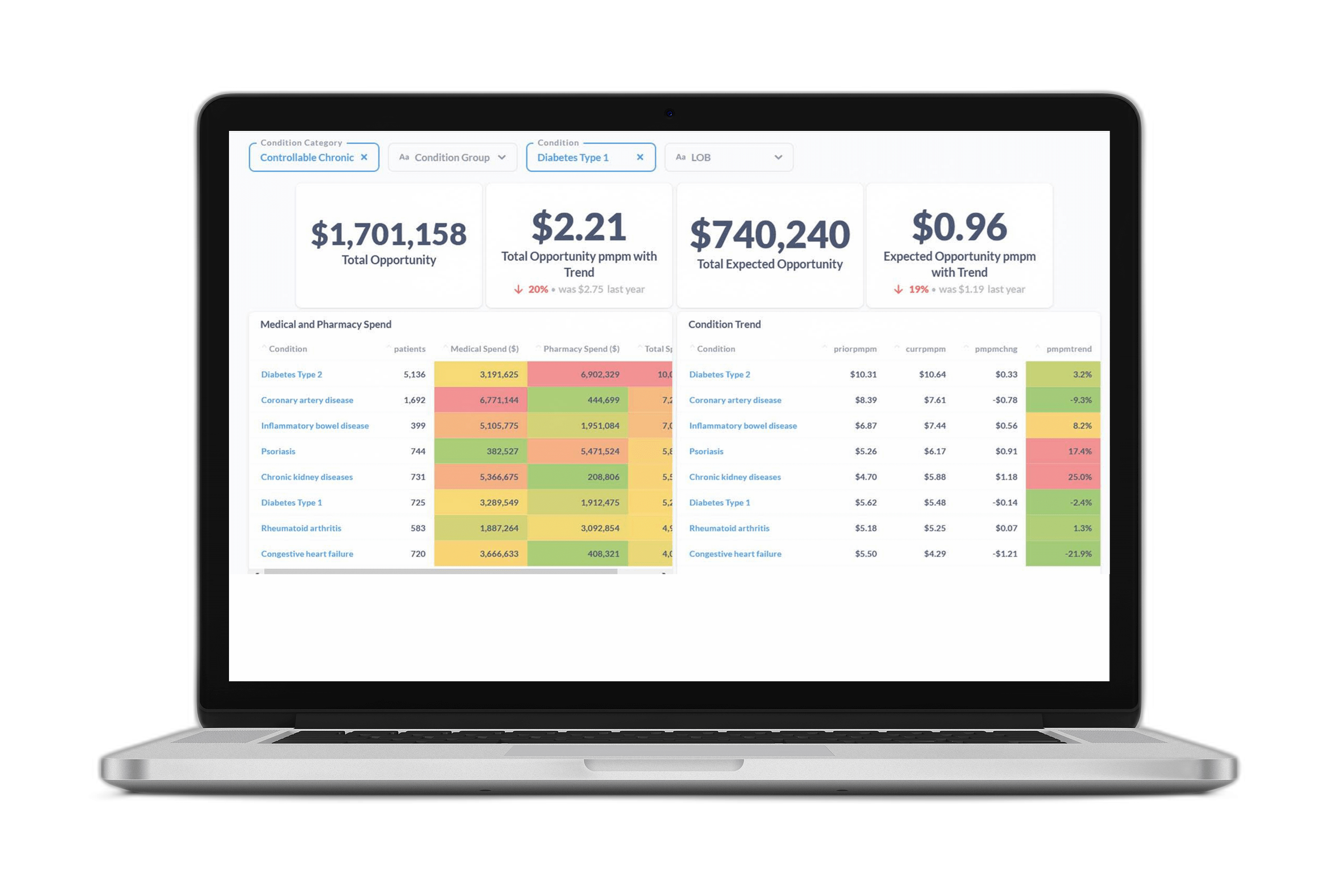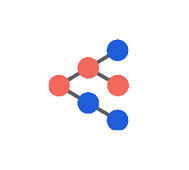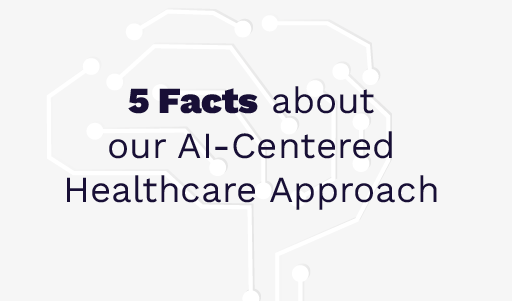By Kelli Clark
Director of Sales, Employer Strategies
“Guess Who?” It’s a fun children’s game (and a fantastic Canadian rock band). But it shouldn’t be your approach when trying to design an effective employee benefits strategy.
And yet many HR and benefits leaders tell us they feel like they’re playing a guessing game when choosing health and wellness programs for their employees.
We’re here to help you stop playing “Guess Who?” and start playing … er, “Risk?” “Chess?” “Mahjong?”
Whatever your game of choice, here are three things we see our customers doing when they start taking a more strategic approach to how they evaluate health and wellness programs.
1. Start by connecting your data and taking a predictive analytics approach
Are you constantly being approached by vendors promising their health and wellness program will be a game changer?
How do you know if these programs will truly meet the needs of your employees and their families?
It starts with connecting all your benefits data and analyzing it to see if a particular program will help solve the biggest health issues facing your member population.
The first step is to connect all the data sources you have available (medical, pharmacy, dental, vision, wellness programs, etc.) using a predictive data and analytics platform. This solution should be able tell you not just the prevalence of different conditions but also the areas where you have the biggest opportunity to impact clinical and financial outcomes.
For instance, heart disease might be the most prevalent and/or costly condition within your population, but the data may show that employees with this condition are already extremely compliant and getting the preventive care they need. Diabetes may be less prevalent, but if those employees aren’t getting preventive care, it could make sense to invest your limited dollars in a diabetes management program rather than a heart disease program.
Here’s an example of the information benefits leaders we work with have access to when trying to determine the right solution:

2. Maximize the impact of your programs with an AI-powered engagement strategy
“If you build it, they will come.” Have you ever put a program in place, but no one used it?
Lack of engagement is a frustration for many HR and benefits leaders. You want the time, money, and effort your team has put toward selecting a new solution to help your employees as intended. When they don’t take advantage of a program, it can feel like a waste.
Employers are finding these answers by layering predictive analytics on top of their data, including AI-powered models for measuring each employee’s likelihood of engagement and the outreach methods they’re most likely to respond to. With this information, you and your health and wellness program vendors will be able to direct outreach and education resources toward the employees most likely to benefit and match them to the right programs at the right time.
3. Have a plan for measuring program success
The return on investment from health and wellness programs is difficult to measure, given the number of variables involved. But advances in AI and machine learning are making it easier to quantify the impact of individual programs.
With data-backed program evaluation tools, you can determine what’s working for your employees, and what’s not—and build compelling value stories to share with C-suite stakeholders.
Here’s an example of the information benefits leaders we work with have access to through our Impact Evaluator program evaluation tool when trying to measure program success:
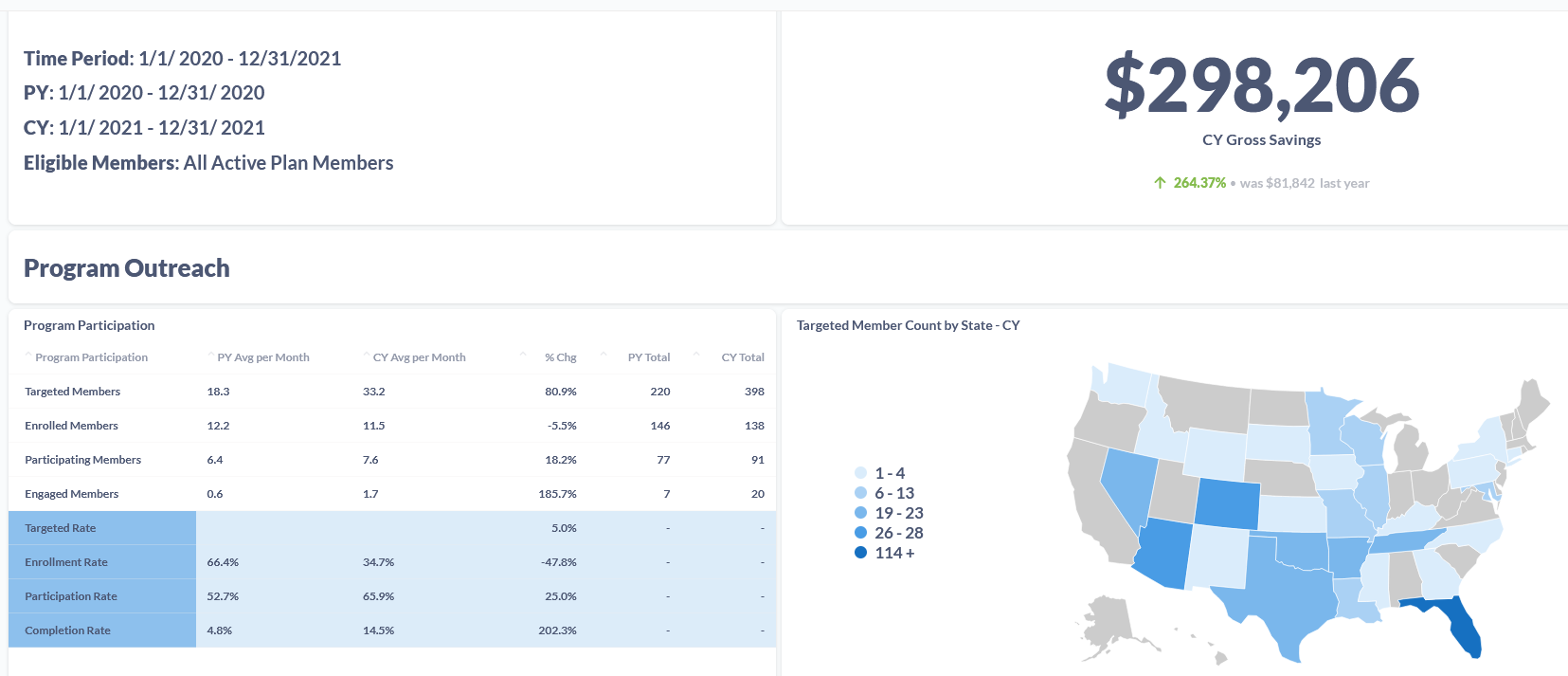
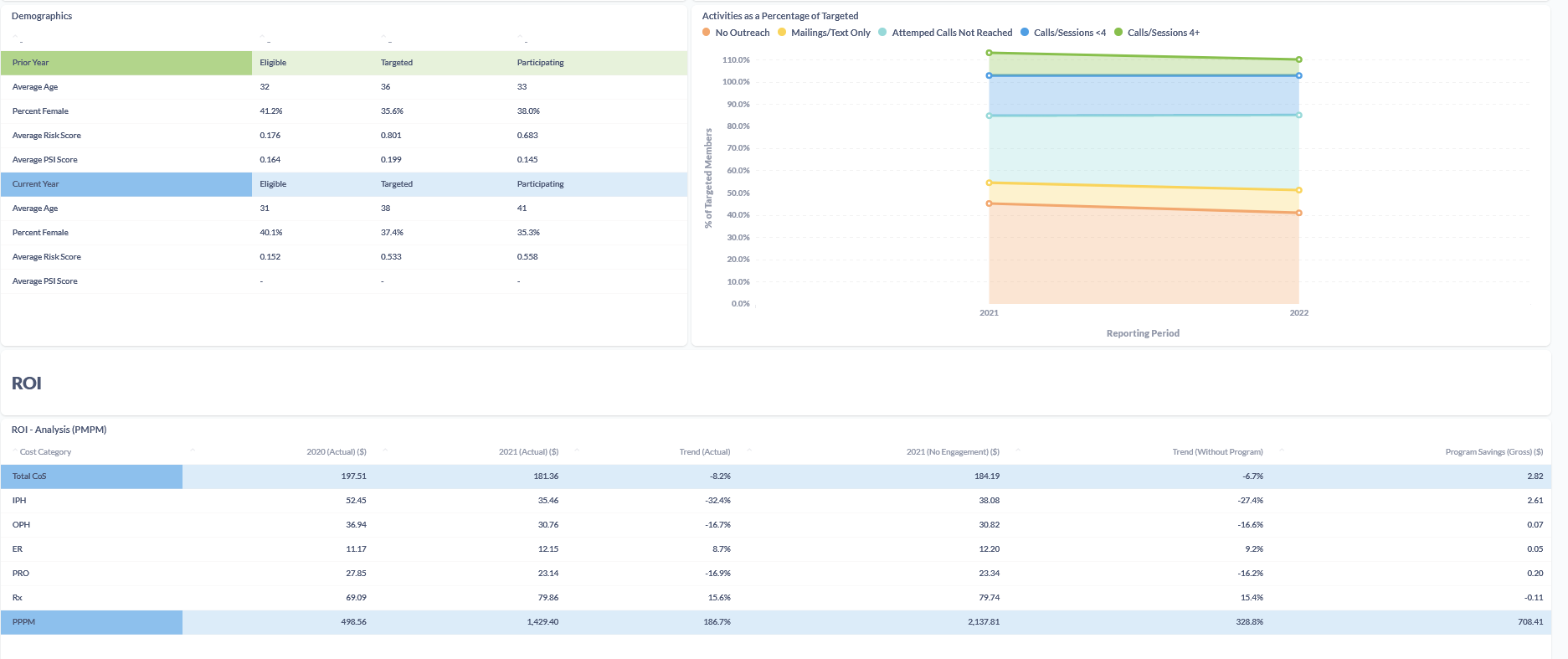
Are you ready to elevate your game on measuring the value and performance of your health and wellness programs?
Download our case study, or schedule a Q&A with our team.




